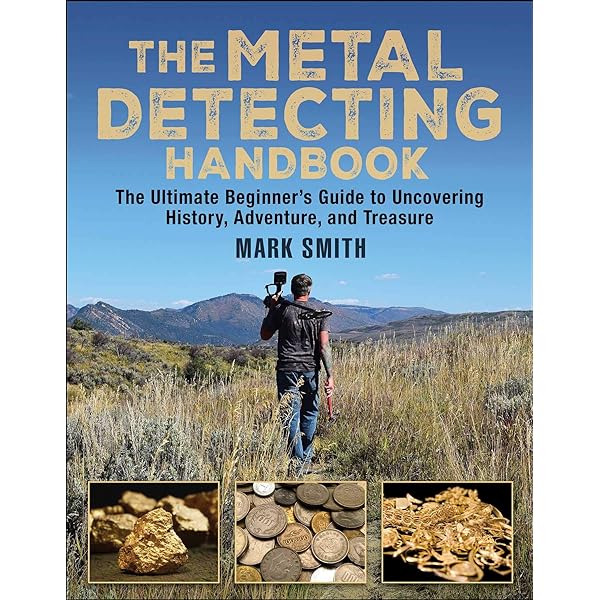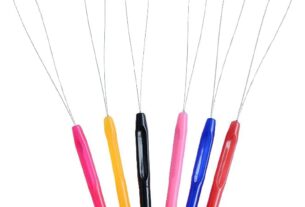Are you tired of using old, rusty shovels to dig for treasure with your metal detector? Do you want to improve your chances of finding valuable items buried beneath the ground? Look no further than metal detector digging tools!
In this guide, we’ll cover everything you need to know about these essential tools for any serious treasure hunter or hobbyist. From the different types of digging tools available to tips on how to use them effectively, we’ve got you covered. So grab your metal detector and let’s get digging!
Types of Metal Detector Digging Tools
There are several types of digging tools that can be used in conjunction with a metal detector. Each has its own unique advantages and disadvantages depending on the type of soil you’re working with and the size and depth of the target.
1. Shovels – Shovels are one of the most commonly used digging tools for treasure hunters. They come in various shapes and sizes, from small hand shovels to larger digging shovels. However, they can be heavy and difficult to maneuver, especially in hard or rocky soil.
2. Trowels – Trowels are smaller, lighter versions of shovels that are great for precision digging around a particular target. They’re also easier to carry around than larger shovels.
3. Picks – Picks are ideal for breaking through hard-packed soil or rocky terrain. They have pointed ends that make it easy to penetrate tough surfaces.
4. Scoops – Scoops are like miniature shovels that can be used for sifting through loose dirt and sand to locate small targets such as coins or jewelry.
5. Probe – Probes are long, thin rods that can be used to locate buried items without damaging them. They’re particularly useful when searching in tight spaces where larger tools cannot reach.
Tips for Using Metal Detector Digging Tools
Now that you have an idea of the different types of digging tools available, here are some tips on how to use them effectively:
1. Choose the right tool for the job – Depending on the soil and the size of your target, certain digging tools may be more effective than others. Be sure to choose the right one for the job at hand.
2. Work slowly and carefully – Take your time when digging around a target. Rushing can cause damage to both the item you’re searching for and your equipment.
3. Use a pinpointer – A pinpointer is a handheld metal detector that can help you locate small targets once you’ve started digging. This can save time and prevent unnecessary damage to larger areas of soil.
4. Keep your equipment clean – Regularly clean and maintain your digging tools to ensure they remain in good working order.
5. Respect the environment – When digging for treasure, it’s important to respect the environment by filling in any holes you dig and leaving the area as you found it.
Conclusion
Metal detector digging tools are essential for any serious treasure hunter or hobbyist. By choosing the right tool for the job and using it effectively, you can improve your chances of finding valuable items buried beneath the ground. Remember to work slowly and carefully, use a pinpointer when necessary, and always respect the environment.
Wiki reference: https://en.wikipedia.org/wiki/Metal_detector




